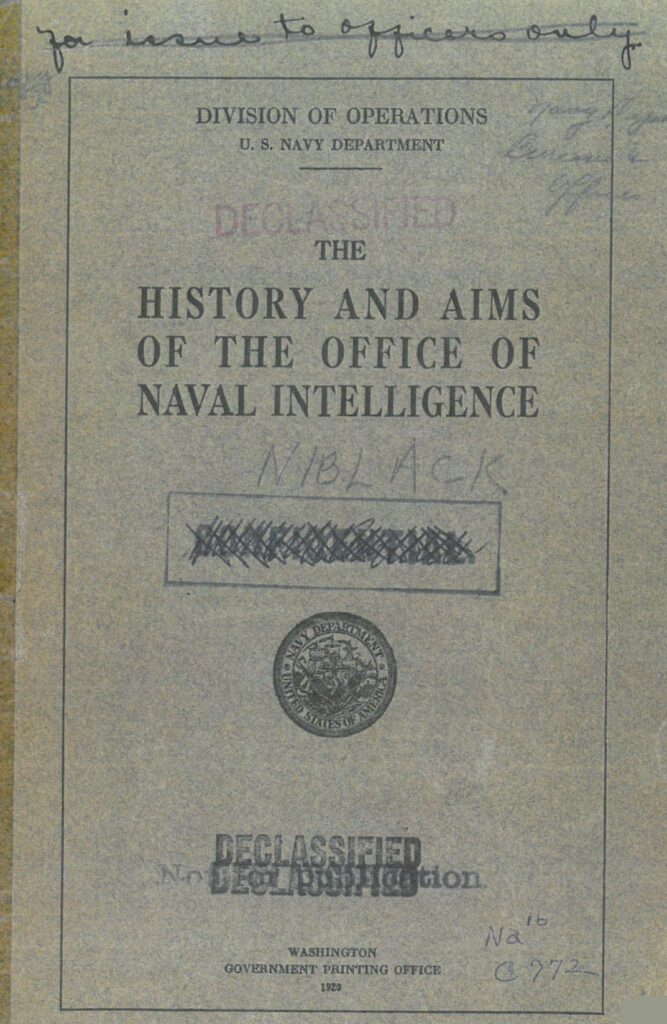Naval warfare has greatly evolved throughout history, driven by technological advancements and strategic innovations. From ancient civilizations to modern fleets, the history of naval warfare showcases human capacity to innovate and adapt. The article explores ancient naval warfare, highlighting significant battles and the importance of navigation aids. The Age of Sail saw the rise of powerful sailing ships armed with cannons, with the Battle of Trafalgar as a key milestone. The introduction of steam-powered vessels and ironclads revolutionized naval defenses in the mid-19th century. Modern naval warfare is characterized by nuclear-powered aircraft carriers, submarines, and guided missile destroyers. The future of naval warfare lies in cutting-edge technologies such as unmanned vehicles, railguns, and laser weapons. As technology continues to advance, the future of naval warfare promises even more transformative advancements.
Naval Warfare: A Look at the Cutting-Edge Technology and Historical Markers
Introduction
Naval warfare has evolved significantly over the centuries, driven by technological advancements and strategic innovations. From the first primitive vessels to the modern navy fleets, the history of naval warfare showcases the human capacity to innovate, adapt, and overcome obstacles in the quest for maritime dominance. This article delves into the cutting-edge technology and historical markers that have shaped naval warfare throughout history.
Ancient Naval Warfare
The origins of naval warfare can be traced back thousands of years to ancient civilizations such as the Egyptians, Greeks, and Phoenicians. During this era, naval battles primarily consisted of ramming enemy ships to sink or disable them. Trireme, one of the most iconic ancient vessels, featured multiple rowers on each side, enabling swift maneuvering and increased combat effectiveness.
Major historical markers during ancient naval warfare include the Battle of Salamis in 480 BCE, where the Greek city-states defeated the mighty Persian Empire, showing the potential of naval dominance. The construction of the Lighthouse of Alexandria, one of the Seven Wonders of the Ancient World, also showcases the importance of navigation aids in naval warfare.
The Age of Sail
The Age of Sail, spanning from the 16th to the 19th century, saw the rise of powerful fleets of sailing ships. Technological advancements in shipbuilding allowed for stronger hulls, better navigability, and increased firepower. The advent of cannons and the ability to use sails more efficiently revolutionized naval warfare tactics.
Battleship, the most formidable vessel of this era, was heavily armed with cannons and provided a strong platform for projecting power. The famous Battle of Trafalgar in 1805, where Admiral Horatio Nelson led the British fleet to victory against the combined French and Spanish forces, represents a key historical milestone in the Age of Sail.
The Rise of Steam and Ironclads
The mid-19th century witnessed a major technological shift in naval warfare with the introduction of steam-powered vessels and ironclads. Steam propulsion eliminated reliance on wind power, enabling ships to move independently of weather conditions. Ironclads, armored warships, revolutionized naval defenses, rendering wooden vessels obsolete.
Historically significant ironclads include the USS Monitor and the CSS Virginia during the American Civil War, which marked the first clash between ironclads in the Battle of Hampton Roads. This encounter demonstrated the superiority of ironclads over traditional ships, leading to the decline of wooden navies worldwide.
Modern Naval Warfare
Modern naval warfare is characterized by nuclear-powered aircraft carriers, submarines, guided missile destroyers, and stealth technology. The advent of nuclear propulsion drastically increased the range and endurance of naval vessels, while guided missiles allowed for precise long-range strikes.
The Falklands War in 1982 between Argentina and the United Kingdom showcased the power of modern naval forces. The British successfully deployed aircraft carriers and submarines to project their naval capabilities, ultimately leading to the recapture of the Falkland Islands.
Cutting-Edge Technologies
The future of naval warfare lies in cutting-edge technologies such as unmanned naval vehicles, railguns, and laser weapons. Unmanned surface vessels (USVs) and unmanned underwater vehicles (UUVs) offer enhanced scouting, surveillance, and mine-clearing capabilities, reducing the risk to human personnel.
Railguns, electromagnetic weapons that use kinetic energy to propel projectiles at incredibly high speeds, are being developed for naval applications. These guns have the potential to deliver pinpoint accuracy and immense destructive power, revolutionizing long-range naval warfare.
Laser weapons also show promise for naval warfare, offering high precision, rapid engagement, and the ability to counter multiple threats simultaneously. They have the potential to intercept missiles and drones, providing advanced defense capabilities to naval forces.
Conclusion
Naval warfare has come a long way from the ancient triremes to the modern technologically advanced fleets. The continuous pursuit of cutting-edge technology has shaped and transformed naval warfare throughout history. As technologies continue to evolve, the future of naval warfare is certain to bring even more revolutionary advancements and further reshape the balance of power at sea.
